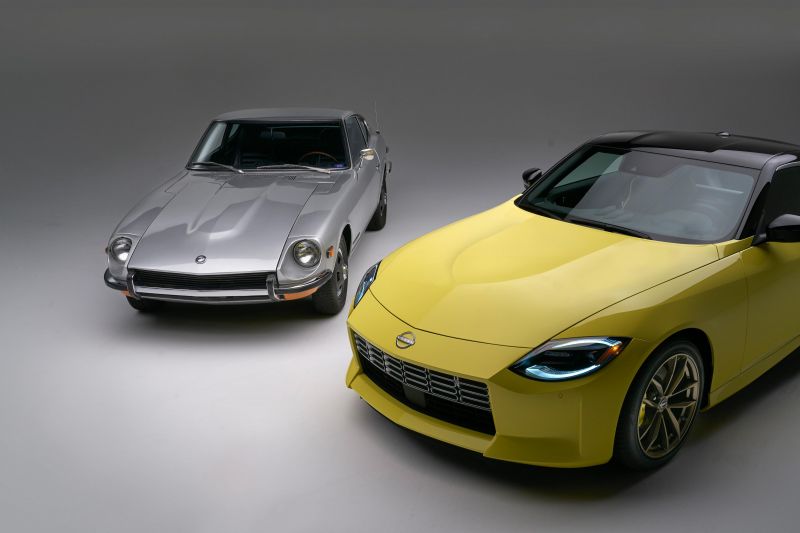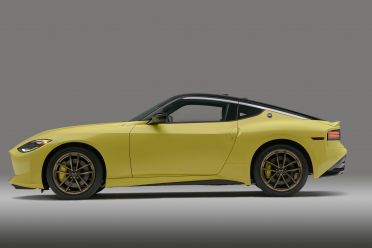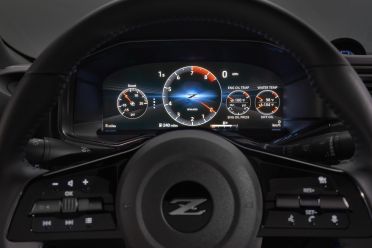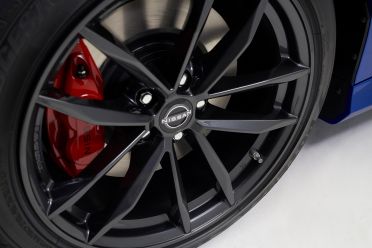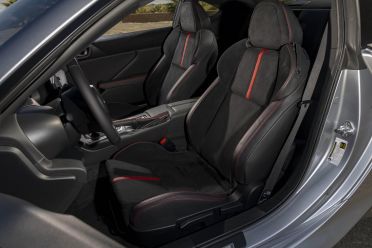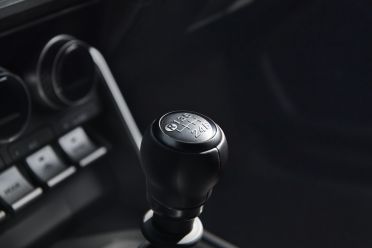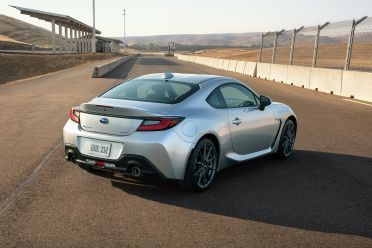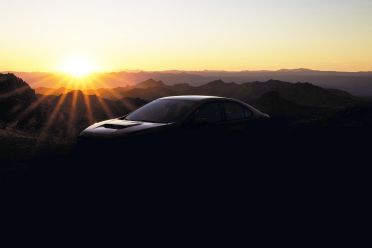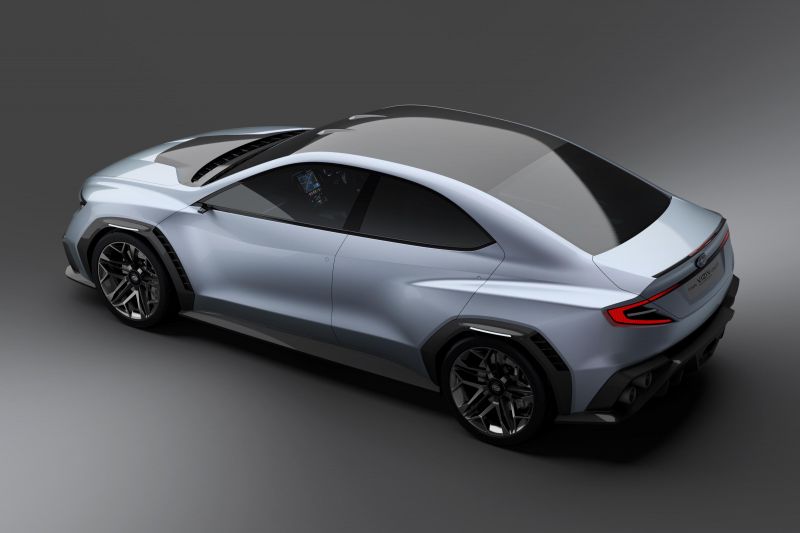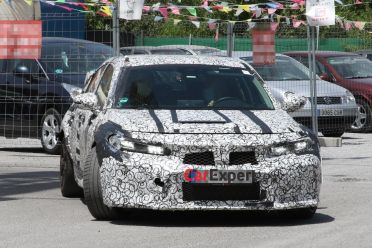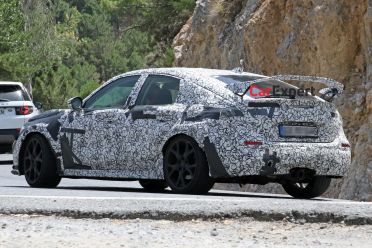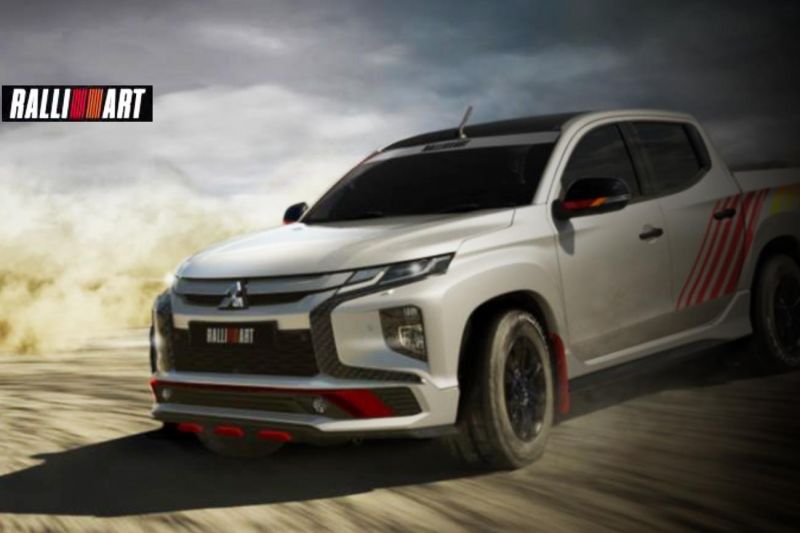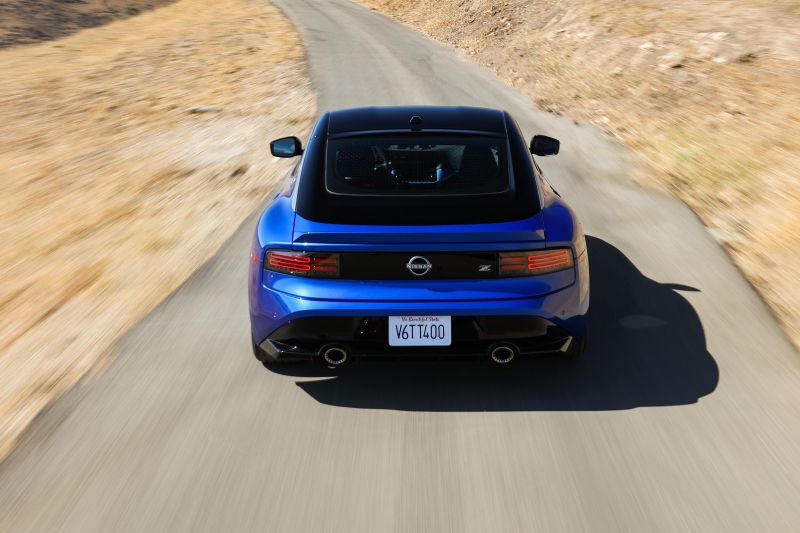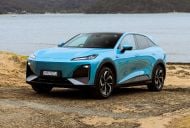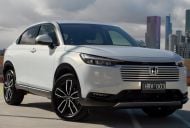Have we stepped into a garishly lit and chirpily narrated time machine, and zipped back to decades past when Japan made great sports cars as easily as shelling peas?
The shiny MacBook on which I’m typing precludes that fanciful notion. But looking at some of the hottest new cars around, you’d be forgiven for thinking the future had come full circle.
They do say fashion works in such a way…
Simultaneous to jotting down these thoughts, I’m streaming the worldwide premiere of the new Nissan Z. The car we all erroneously assumed would be badged 400Z. Mea culpa.
I’m a ’90s kid who learned to drive behind the wheel of a 350Z and who’s long lusted after a 260Z, so it’s abundantly clear this car tests the boundaries of my objectivity.
Yet what automotive enthusiast would deny it’s damned good to see a Z that isn’t as dated as cargo shorts doing the rounds? When it hits Australia in 2022, get in line behind this guy.
It’s also quite fitting the Z’s retro design has hints of 240Z in its size profile, 300ZX at the rear, and 350Z in its nose. A bit of a Frankenstein’s monster is mint symbology.
Of course, one car does not a trend make.
Also due to be on sale from next year are the new second-generation Toyota 86 and Subaru BRZ twins, two vehicles that in their first incarnations kept the flame flickering.
The twins pick up torquier naturally-aspirated engines this time, and more conveniences. But at their core they remain cheap, light, rear-drive, manual-gearbox-toting coupes made for humble enthusiasts.
Not content with just one option, Subaru is also set to whip the covers from its latest-gen WRX rally car for the road any day now, though the New York reveal was postponed due to COVID woes.
What of Honda, you ask? Well there’s a brand new Civic Type R set for 2022 with a screaming VTEC turbo, stupid-cool wing, and three pedals. We’ve seen the spy pics.
And on that topic, Honda’s luxury US division Acura just last week pledged to bring back the long-dormant Integra nameplate – though somehow we doubt it’ll rev quite as maniacally as the early 2000s Integra Type-R or S2000.
Now we just need Mitsubishi to bring back the Evo badge, and potentially not just on a twin-motor crossover PHEV (though that’s cool in its own way as well, I’m not a troglodyte).
Mitsubishi did say it was bringing back the Ralliart brand in May this year, but if it’s just a Triton with stickers that won’t cut it…
In a macro sense the car business runs on trends and honed timelines, so sometimes things coalesce. But this situation takes on a new significance when placed in its proper context.
The world is rapidly transitioning to electric cars, and in the meantime is churning out crossover SUV after crossover SUV. Thus insist the regulations, and therein goes customer demand. Japanese brands are no different.
Which makes 2022’s trend something akin to a last gasp for attainable performance cars as we know them. A rage against the dying of the light, or at least the commencement of a new method of illumination.
Consider me one hopeful enthusiast.
MORE: 2023 Nissan Z confirmed for Australia
MORE: From Z to Z, a history of the Nissan Z-Car

